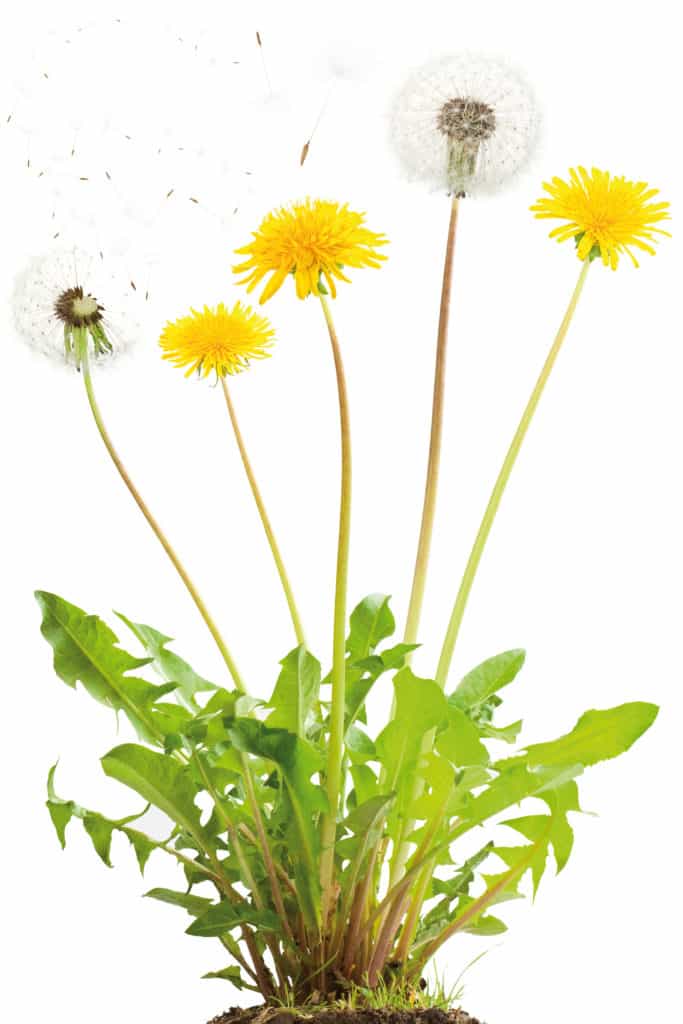
Rubber is expensive, takes a long time to grow, has to transported long distances and is needed for automotive tires.
Continental is working on a tire that will protect sensitive environmental areas that produce rubber trees.
Transporting rubber from South America or West Africa to North America and Europe for manufacturing is a long and costly journey that also contributes significantly to the output of CO2. It takes years to grow rubber trees and market demand is high make prices volatile. However latex can from a special breed of dandelion that can be grown in climates closer to where the tires are used.
 The team at Continental Tire looked to the dandelion as an alternative source of natural rubber A Russian species is the only dandelion that can be used as an alternative source for natural rubber production. The roots of this dandelion species contain the natural rubber latex (the source for natural rubber used in tires), meaning supply will be steadier and easier to control leading to greater price stability. This crop is much less sensitive to weather than the rubber tree.
The team at Continental Tire looked to the dandelion as an alternative source of natural rubber A Russian species is the only dandelion that can be used as an alternative source for natural rubber production. The roots of this dandelion species contain the natural rubber latex (the source for natural rubber used in tires), meaning supply will be steadier and easier to control leading to greater price stability. This crop is much less sensitive to weather than the rubber tree.
This particular dandelion can thrive in a large part of the world. The growth cycle for the Russian dandelion is approximately one year.
“Our target is within the next 5 to 10 years,” said Zmolek, director of research and development of passenger and light truck tires for Continental Tire the Americas. “In the summer of 2014, Taraxagum™ tires were produced and tested under summer and winter conditions on our proving grounds in Germany and Sweden. The results were very encouraging and our continued development efforts are on track.”
The initial tests run so far demonstrate that the tire made from Taraxagum™ show an equivalent, “property profile” when compared to tires made from conventional natural rubber. While the potential is great, significant hurdles must be overcome before the use of this natural material can be fully utilized. For one, synchronizing the agronomy process (planting, growing and harvesting) to continually changing demand presents a significant challenge. Nevertheless, the team at Continental was recently able to extract several kilos of dandelion rubber from a small lab system to build the Taraxagum™ tires.
Continental’s long-term goal to find an ecologically, economically and socially viable solution for the increasing demand for natural rubber is right around the corner. So next time you see a dandelion as just a weed, think again. It’s the future of tires and will allow all of us to give a little bit back to nature.
Between 10 and 30 percent of a car tire includes natural rubber, while truck tires can include proportionally higher amounts.
ContiTech showed an anti-vibration tech mount that also uses dandelion rubber.

We’re making tons of guayule rubber for our clients and are ready to go commercial . Guayule is a semi arid plant uses less water than most conventional crops and no pesticides. 100% of the plant is used no waste.